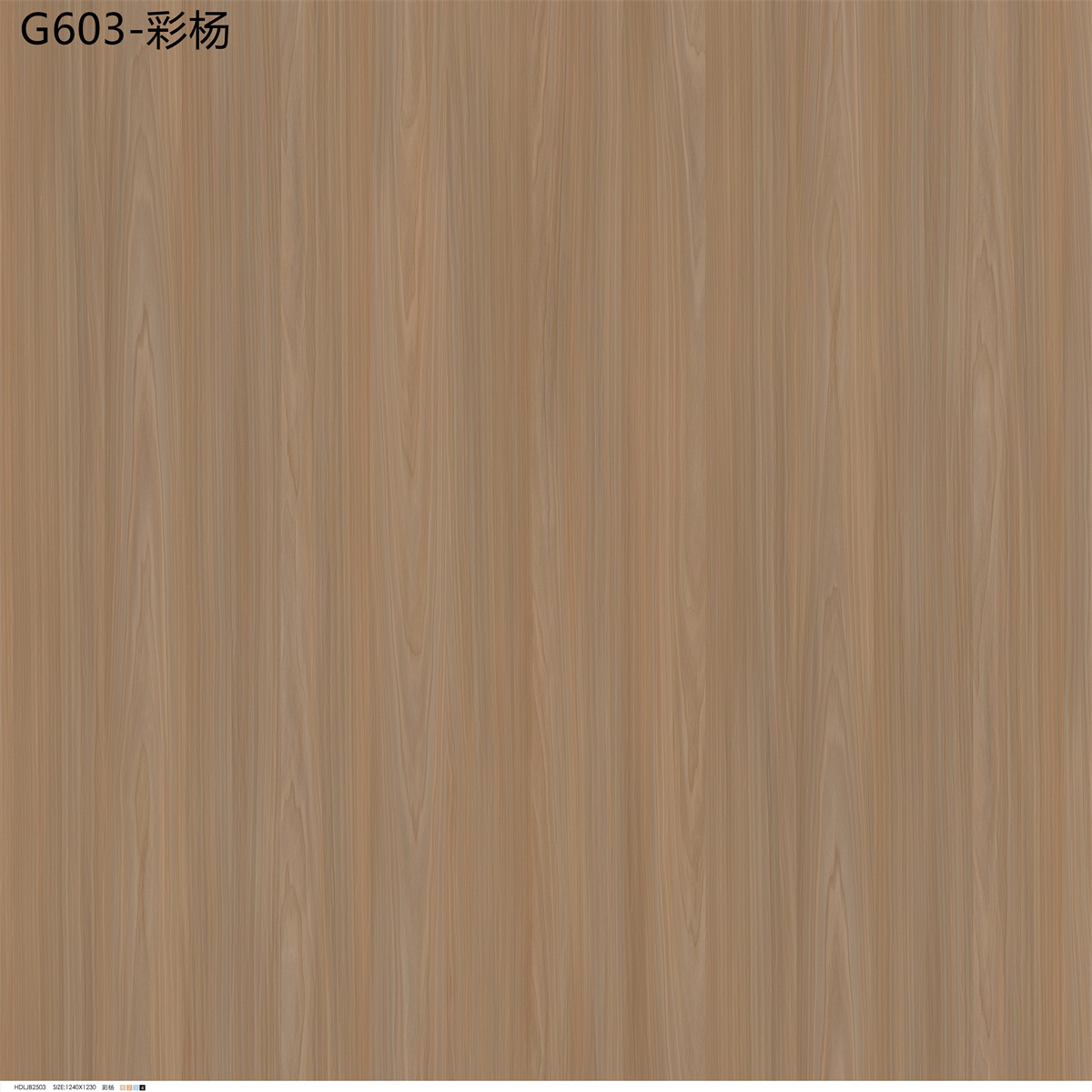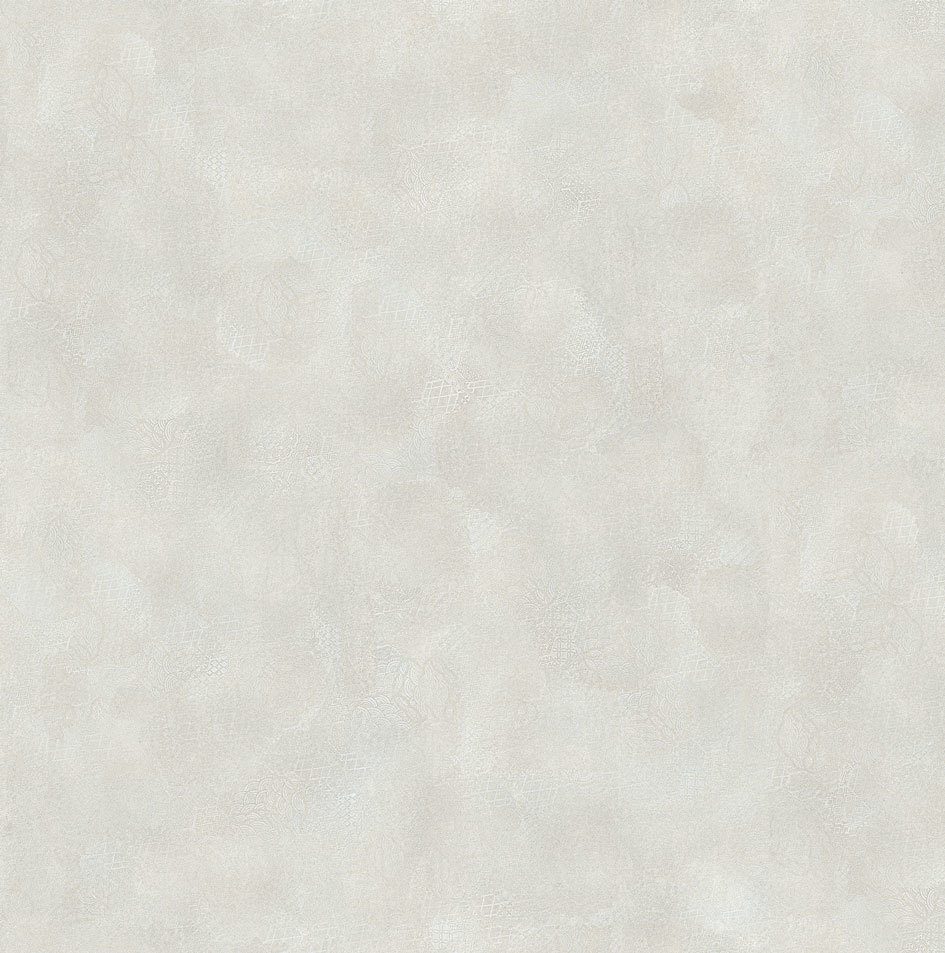Understanding Wood Veneer: A Versatile Choice for Architectural and Decorative Applications
Jul 14,2025

Wood veneer is a thin layer of wood that is sliced from a log, offering a natural wood appearance while being lightweight and economical. This material has gained popularity in the architectural and decorative materials industry due to its versatility and aesthetic appeal. Whether used in furniture, wall panels, or cabinetry, wood veneer provides a beautiful finish that mimics solid wood without the associated costs and weight.
One of the primary advantages of wood veneer is its sustainability. By using thin slices of wood, more trees can be preserved, and the overall environmental impact is reduced. This is particularly important in today’s eco-conscious market, where consumers are increasingly looking for sustainable options in their building and decorating choices.
In terms of installation, wood veneer is relatively easy to work with. It can be adhered to various surfaces, including plywood, MDF (medium-density fiberboard), and particleboard. This adaptability makes it an ideal choice for both DIY enthusiasts and professional builders. Additionally, the process of applying wood veneer can often be completed with basic tools, making it an accessible option for many.
Aesthetically, wood veneer comes in a variety of species and finishes, allowing for a wide range of design possibilities. Whether you’re aiming for a rustic look with oak or a sleek, modern feel with maple, there’s a veneer to match your vision. The ability to stain or finish the veneer further enhances its versatility, enabling customization to meet specific design requirements.
Moreover, wood veneer is not only limited to flat surfaces. It can also be shaped and curved, making it suitable for intricate designs and custom furniture pieces. This feature allows designers to create unique and visually striking elements within their projects that would be challenging to achieve with solid wood.
Another significant consideration when working with wood veneer is maintenance. It requires similar care to solid wood, but it is essential to protect the surface from moisture and extreme temperature changes. Regular dusting and the occasional application of a wood conditioner can help maintain its appearance and longevity.
Lastly, wood veneer can contribute significantly to sound management and insulation in architectural applications. Its dense composition can help absorb sound, making it an excellent choice for spaces where acoustics are important, such as recording studios or conference rooms.
In summary, wood veneer is a versatile, sustainable, and aesthetically pleasing option for various architectural and decorative applications. Its ease of use, design flexibility, and natural beauty make it a favored choice among builders and designers who seek to create functional yet stylish spaces. Whether you’re embarking on a new project or looking to enhance an existing space, consider the remarkable qualities of wood veneer.
One of the primary advantages of wood veneer is its sustainability. By using thin slices of wood, more trees can be preserved, and the overall environmental impact is reduced. This is particularly important in today’s eco-conscious market, where consumers are increasingly looking for sustainable options in their building and decorating choices.
In terms of installation, wood veneer is relatively easy to work with. It can be adhered to various surfaces, including plywood, MDF (medium-density fiberboard), and particleboard. This adaptability makes it an ideal choice for both DIY enthusiasts and professional builders. Additionally, the process of applying wood veneer can often be completed with basic tools, making it an accessible option for many.
Aesthetically, wood veneer comes in a variety of species and finishes, allowing for a wide range of design possibilities. Whether you’re aiming for a rustic look with oak or a sleek, modern feel with maple, there’s a veneer to match your vision. The ability to stain or finish the veneer further enhances its versatility, enabling customization to meet specific design requirements.
Moreover, wood veneer is not only limited to flat surfaces. It can also be shaped and curved, making it suitable for intricate designs and custom furniture pieces. This feature allows designers to create unique and visually striking elements within their projects that would be challenging to achieve with solid wood.
Another significant consideration when working with wood veneer is maintenance. It requires similar care to solid wood, but it is essential to protect the surface from moisture and extreme temperature changes. Regular dusting and the occasional application of a wood conditioner can help maintain its appearance and longevity.
Lastly, wood veneer can contribute significantly to sound management and insulation in architectural applications. Its dense composition can help absorb sound, making it an excellent choice for spaces where acoustics are important, such as recording studios or conference rooms.
In summary, wood veneer is a versatile, sustainable, and aesthetically pleasing option for various architectural and decorative applications. Its ease of use, design flexibility, and natural beauty make it a favored choice among builders and designers who seek to create functional yet stylish spaces. Whether you’re embarking on a new project or looking to enhance an existing space, consider the remarkable qualities of wood veneer.








